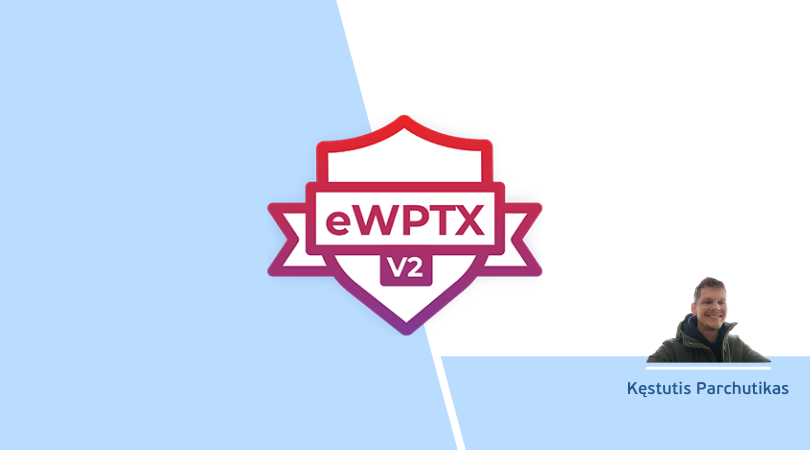Erik, you started a Norwegian Agile Forum back in 2001. It was a time when Agile Manifesto went public, the very beginning of whole Agile movement. What has convinced you that it is the way to go?
A friend of mine introduced me to it. As I started reading up on it I had almost a religious experience. I’ve started doing code probably since I started to read. I have a deep, profound interest in the technical aspect, but I also have genuine interest in human beings. The way they work, the way processes that obtain towards natural behavior of people, rather than something that is just created for the process itself.
Right after reading Manifesto we got together along with a lot of other smart people, who felt passionate about this, and we started the “Norwegian Forum for XP” as it was called back then. Eventually it transitioned into the Agile, and then it escalated even more. I left the Board 2 or 3 years later, so it’s absolutely out of my control now, but I think we were the first in Norway.
Regarding the Agile Manifesto, back in 2001, the Rational Unified Process was mainstream. Compared to that standardized, bureaucratic, down-to-details processes, Agile did look a lot like cowboy coding. Did you hear a lot of these criticisms?
Absolutely. Still do, actually. Because people tend to think about Agile as ad hoc – if you don’t have any process, you’re Agile. That’s very, very wrong. Agile, it’s the strictest process I’ve ever worked with. And I’ve been working with RUP and lots of other types of processes before, but Agile, in its core, demands strict enforcement. It focuses on the things that actually need to be done, it goes down to the very core and focuses on what gives us the actual result.
Perhaps the term “Agile” isn’t really descriptive. It’s too late to change it now, but it should have been another word, because it sounds a bit like Cowboy coding, but it’s not.

How big was the Agile community when you started it? And how is the Agile communities living now in Norway?
When we started we were a little group of people. We gathered perhaps 10, 15 or 20 people. We did a lot of in-company presentations and a lot of discussions. Then a guy named Johannes Brodwall joined the board. That was the time when whole thing really accelerated. He did a really, really good job of getting people into this – getting people aligned. He was able to build the thing around Agile a lot.
Now Agile is so big, there’s a major conference every year in Oslo, called Smidig, which means “agile” in Norwegian. I think they have, like, 1,500 people every year. They’re doing a lot for the Norwegian Agile community. These days, Agile is the default in Norway. We’re no longer being pushed by more traditional methods. It’s been like that for at least 5 years.
What about the public sector – is Agile default there as well? Or they still try to stick to a “fixed price – fixed scope” contracts?
In mid-2000 public sector moved to “Gullprisen”, or “gold price” mode. Contract became much less strict, which helped a lot. Now developers can work in Agile within governmental projects. Just as they can in other types of organizations.
Of course, it takes the willingness of the people involved, but from a legal standpoint you can do Agile, and it has been available quite a long time.
Scrum master role is a centric role on the team – how does it change in a large-scale Agile? What are the differences?
It’s all about communication. Because if there are many Scrum masters, there’s an immediate need for Scrum champion. It’s crucial to have some controlling roles. Department managers, company management, division management, group management are all brought into the Agile process. So even on a large-scale Scrum masters have the same roles – they’re still there, they still work the same way, but with large-scale, you’re bringing the entire organization into this.
What about a Scrum champion – is it a part-time job as well? Or the role should be also combined with software development or QA, from your perspective?
Scrum champion is a little bit different. There should be at least one such person in a large company. He is the one really focusing on the process and making sure that it runs smoothly for all the teams. And that is a full-time position, because a Scrum champion doesn’t really need to understand what the content of the process is. What they need is to understand how the process is being implemented. It’s important to have only one. I’ve seen larger organizations building large groups of Scrum champions. The tricky part is maintaining effective communication and have a strong common voice. If all Scrum champions have different views on handling the work process that will probably not end up very well – it will end up in politics, unnecessary discussions, it would be a failure.
You have been working with Lithuania for some time already and visited few times. What’s the impression of Lithuania and peoples’ attitude to work?
I’m very seldom impressed, but with the Lithuanian people I am. We are looking for is the right work ethic, smart communication, right questions, and people being able to dig into what’s important. I see that here people work very similar to what we are used to in the Nordic region.
I’m impressed with Lithuanian work ethic and how much people care. For them it’s not just a job, but they honestly strive to make something that is really good.
What was very strange to us, is that we ourselves are being challenged by Lithuanian developers. They raise questions, suggest ideas and actually offer directions. I think, this is just awesome. I think it’s really, really great. It’s a whole different way of looking at distributed development.
How would you compare Agile movement and events in Norway and what you got to see here?
Based on questions I was receiving from audience, I think Agile mindset here is really mature, I’d say it’s quite similar to Norway and most of the world, actually.Agile is not something new – it’s what people are do and care about. I felt that from Lithuanian audience. It’s a default way of working for them, I could really fel it, that’s the reason ?I was asked so many deep and complicated questions. It shows the level of understanding Agile.
At the end of the day it’s all about working together and achieving common goal. If you don’t have a well-structured dedicated team no methodology will ever work. Invest in people, in their mindset and dedication. Everything else are just tools that makes you work faster and smarter. Teamwork can only be productive if the team members appreciate the goals and strive towards reaching them.
Jan-Erik Sandberg works as a head of operations for Visma Retail Software (VRSW). VRSW delivers state of the art software products to the biggest retailers in the Nordic market. Jan-Erik’s main expertise is large scale agile in distributed teams. As the author of “Agile Release Management”, “Succeeding with Offshore Development” and “Becoming a .NET-Developer” he is a requested international speaker. Having coached agile teams since 2001 and he started Norway’s first community based group on Agile over 13 years ago. Being a veteran coder and receiver of multiple MVP-Awards, Jan-Erik is also known as an active participant in the Microsoft Developer Community, both locally and internationally.




